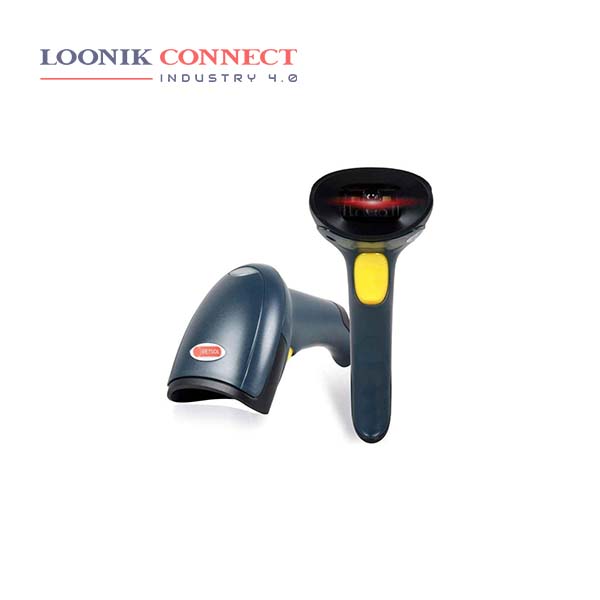2D scanners are usually used to make digital copies of documents or pictures, but can also be used to create a 2D image of other objects as well. In a flat bed scanner the document is placed on a glass plate. Laser barcode scanners use a visible and repetitive “flashing” laser light beam, commonly used to track inventory and to enter purchases into a computerized management system. The scanner is a wonderful tool for providing fast and easy customer service in places like supermarkets and restaurants.
The 2D imager barcode scanner functions like a digital camera. These scanners can read both 1D and 2D barcodes. Rather than using a laser, the imager barcode scanner takes a picture and uses a decoding algorithm to locate the barcode within that image and then decode the data from that barcode within that image. 2D imaging scanners use a camera and image processing techniques to decode barcodes.
The barcode world, smartphones can be classified as 2D imagers. They are now widely used as barcode readers, in particular for QR codes. 2D scanners are able to scan barcodes at multiple angles and on reflective surfaces, making it the ideal option for mobile couponing. Running a medium-to-large scale retail operation? Use 2D barcodes to store more information about inventory or lots of inventory.





